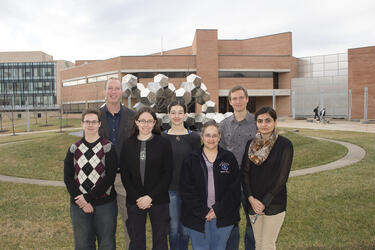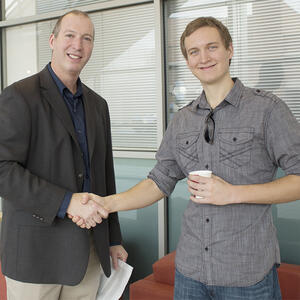New Environmental Sciences, Ph.D. Students
Six new students who have joined our program
February 2, 2017

February 2, 2017
The College of Science and Mathematics’ Environmental Sciences, Ph.D. program is constructed to provide skills and training to better understand and solve complex environmental problems, such as those caused by anthropogenic pollutants, invasive species, habitat fragmentation and loss of biodiversity, that can affect both human and ecosystem health. Since fall semester, six new students have joined the Environmental Sciences, Ph.D. program.

David Peterman is from Pataskala, Ohio and transferred from Ohio State University to Wright State in 2012. At Wright State University, he completed
Finding the right college means finding the right fit. See all that the College of Science and Math has to offer by visiting campus.